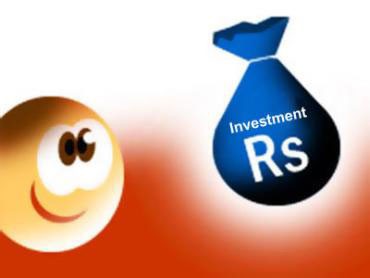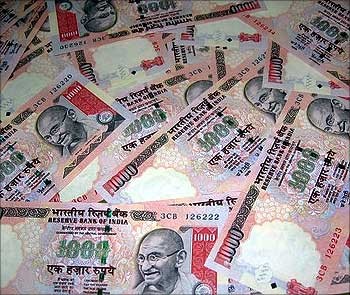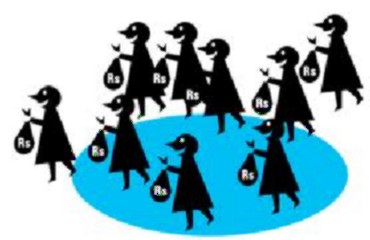 | « Back to article | Print this article |
Long-term measures for depositors, borrowers

Introduction of base rate and daily interest on account balance are among the moves that will help you.
While rising inflation eroded the real returns for retail depositors this year, there were a number of positive moves that will help you in the long run.
Among the most significant ones was the Reserve Bank of India's (RBI's) directive to banks to pay interest on the average daily amount.
Click NEXT to read more...
Long-term measures for depositors, borrowers

The interest income, therefore, will be higher. Earlier, deposits earned annual interest at 3.5 per cent.
Until March-end, banks calculated the minimum amount between the 10th and the end of the month. This lowered the effective interest rate.
For instance, if your take-home salary is Rs 1 lakh every month, and the closing balance (30th of the month) was Rs 25,000, the interest income would have been calculated according to the average balance between the 10th and 30th.
From April 1, the entire Rs 1 lakh has started earning interest from the first day of the month. And, the interest paid will come down when the balance reduces during the month.
Click NEXT to read more...
Long-term measures for depositors, borrowers

Canara Bank Executive Director Jagdish Pai says, "It has been a good year for customers as the regulator pushed banks to give better terms such as daily calculation and insistence on transparency in pricing loans."
Savings bank depositors can also look forward to deregulation of the saving bank interest rate in the coming years.
While RBI is considering the move, no final decision has been taken yet. What is worrying banks is that deregulation allows them to price the savings bank interest rate according to market conditions. On the other hand, they are worried that high competition to garner customers may lead to higher rates being offered by some banks.
Click NEXT to read more...
Long-term measures for depositors, borrowers

Another move that will help borrowers is the introduction of the base rate. While there isn't any direct impact of this move, experts say it will make loans stickier in nature.
Earlier, banks would have many mortgage-specific rates, that is, there would be a home loan-specific prime lending rate, an auto loan-specific prime lending rate and so on.
With a single 'base rate' coming into effect, banks will have a single reference rate that will decide loan rates across the board.
This, according to experts, will make home loan rates move slowly in either direction. But the process is still in its nascent stage.
Click NEXT to read more...
Long-term measures for depositors, borrowers

According to Anjan Baruah, deputy managing director, State Bank of India, banks are still experimenting to finalise the methodology to firm up the base rate.
The risk-averse fixed deposit investor would be happy at the end of the year. Though inflation continued to eat into their returns, in the last few months, the rise in fixed deposit rates has made life easier.
Banks have been consistently raising the fixed deposit rates to attract depositors.
A number of banks have increased rates between 50 and 150 basis points.
Click NEXT to read more...
Long-term measures for depositors, borrowers

Banks like SBI, HDFC Bank and ICICI Bank are offering 7.25-8.5 per cent for deposits of one-two years. The rates for other tenures are similar.
Another step is under way to make the interest rates and tenure for National Small Savings Schemes more flexible.
The government has set up a panel headed by Shyamala Gopinath, deputy governor, RBI.
Click NEXT to read more...
Long-term measures for depositors, borrowers

The bad news, of course, is that teaser loans for home loans have been scrapped by most banks and housing finance companies after the apex bank increased provisioning for them from 0.4-2 per cent.
Also, the capping of the loan-to-value ratio at 80 per cent for properties worth over Rs 20 lakh would seriously impact the buying ability of many persons, especially in the metros.
To purchase a property of Rs 40-50 lakh, one has to make a down payment of Rs 8-10 lakh - quite a significant amount of money.
The good part is that property prices may come under some pressure because of this move.







